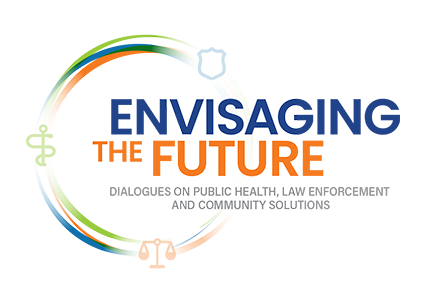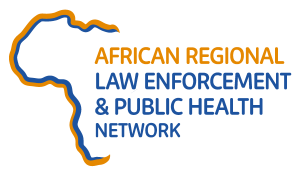
A Right to the City? Harm Reduction as Urban Community Development and Social Inclusion by Marc Krupanski and Sarah Evans
Abstract
In cities across Latin America, community-based harm reduction and drug policy activists are ushering in a new, broader understanding of harm reduction for drug use, which they place within a banner of a “right to the city.” This new frame of understanding drug use transcends the traditional harm reduction focus on blood-borne infection and discrete medical interventions to one that better encompasses the complexities of their urban geographies, political economic drivers, and drug and health policies. Importantly, this emergent frame reflects their collective praxis to make and hold a claim to the neighborhoods in which they reside by building their own collective political and social power. The groups leading this approach ground themselves in strategies of resistance and social cohesion that try to address the consequences of the war on drugs and to contest the claims of the state to police and organize urban poor neighborhoods. In doing so, this approach calls forth a new harm reduction designed to meet the needs of those communities most impacted by the war on drugs in urban spaces and to safeguard and enhance their health, rights, power, and survival.






